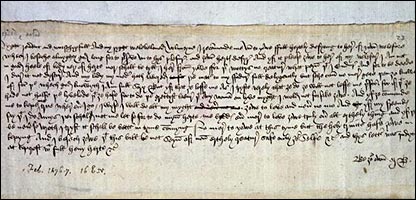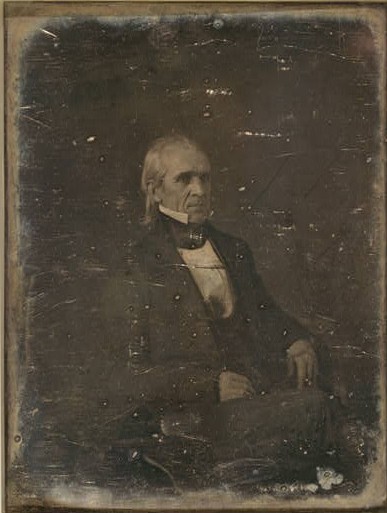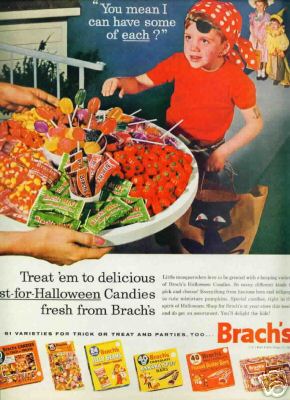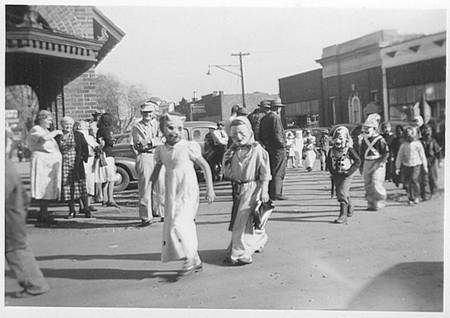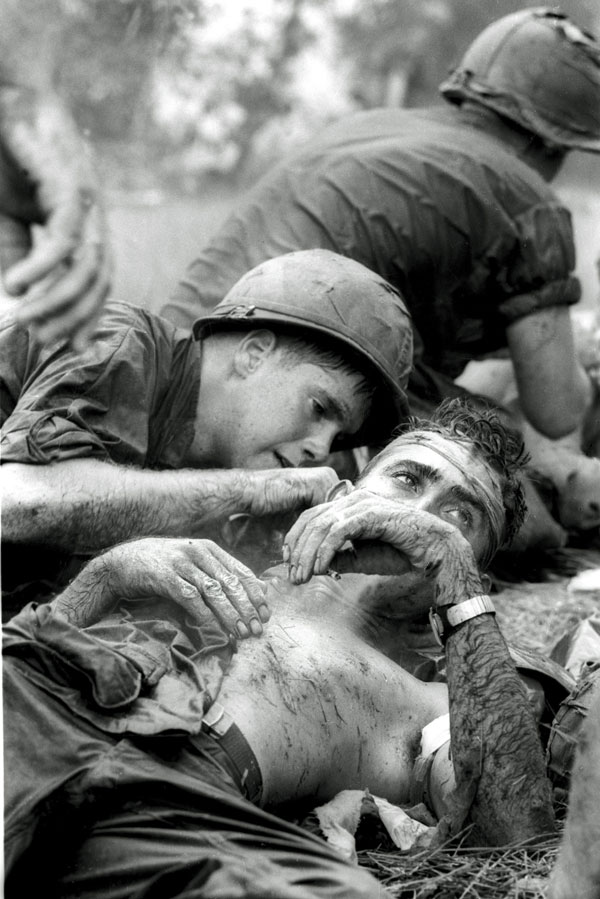
This 1912 photograph of Theodore Roosevelt in Oyster Bay, New York by Charlie Duprez is claimed to be the most used photograph ever taken by any photographer of Roosevelt. It was also Teddy’s favorite of himself. Photo Credit: Newsday
Today marks the 100th anniversary of the assassination attempt on former President Theodore Roosevelt. Roosevelt is well-known for both his leadership of the Progressive Movement as well as his outdoors activities as a cowboy and overall natural enthusiast. His name usually appears on the lists of the top American presidents of all time. His life, both political and otherwise, is a fascinating read, and one of the most interesting parts is the 1912 assassination attempt on his life.
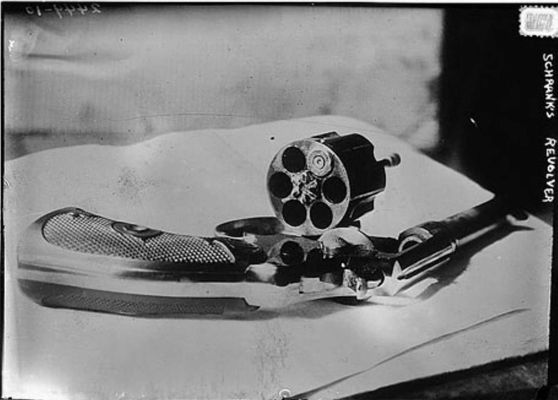
The .38-caliber revolver used by John Schrank in his attempt to kill President Roosevelt in 1912. Photo Credit: Library of Congress
At this time, Roosevelt had already served as the 26th President of the United States from 1901 to 1909 under the Republican Party. Having split from the party and clashing with then Republican President William Howard Taft, Roosevelt failed to achieve the Republican ticket. He then ran on the Progressive Party platform (Roosevelt called it the Bull Moose Party) for the presidential election against Taft and Democrat Woodrow Wilson.
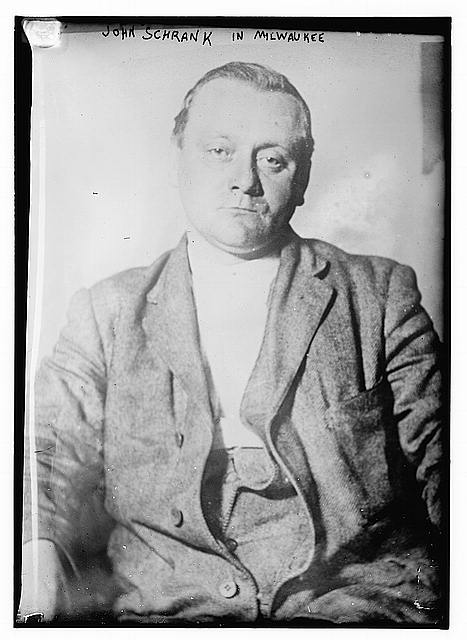
John Schrank in Milwaukee after his attempt to kill President Roosevelt. Photo Credit: Library of Congress
While campaigning in Wisconsin, Roosevelt was shot in the chest while entering an automobile outside the Hotel Gilpatrick in Milwaukee around 8:00 p.m. The would-be assassinator was caught immediately. It turned out to be 36-year-old John Schrank, an unemployed New York saloonkeeper who had been stalking Roosevelt for three weeks through eight different states. Once in Milwaukee, Schrank found his chance to attempt his assassination. In a letter found in his pocket addressed “To the people of the United States,” Schrank wrote down the thoughts of a paranoid schizophrenic. “In a dream I saw President McKinley sit up in his coffin pointing at a man in a monk’s attire in whom I recognized Theodore Roosevelt. The dead president said—This is my murderer—avenge my death.” (During Schrank’s trial, he stated his disapproval for people who wanted to obtain more than two terms as president. This was a strong motivator in his obsession to kill Roosevelt or as Schrank called him – “the third termer.” It was determined that Schrank was insane and confined to a state asylum for life.)

The eyeglass class was in Roosevelt’s jacket pocket when he was shot at the campaign stop in Milwaukee. The case slowed the bullet before it struck Roosevelt. Photo Credit: Newsday
Roosevelt was shot in the right side of the chest. When his aides saw the former president bleeding, they asked him to seek medical help. Roosevelt steadfastly refused, insisting that the trivial wound would not keep him from his speaking engagement.
If you’re wondering how he was not seriously injured with a shot to the chest, here is why. The bullet first penetrated Roosevelt’s steel eyeglass case before passing through a think (50 pages) single-folded copy of the speech he was about to give. The eyeglass case and folded speech helped slow the path of the bullet. Roosevelt, being the avid hunter and naturist, saw that he was not coughing up blood and predicted the bullet did not hit any vital organs.
Arriving at the Milwaukee Auditorium, Roosevelt stood in front of the 9,000-12,000 people gathered. Started his 90-minute speech, with blood seeping into his shirt, Roosevelt made light of the situation.
Friends, I shall ask you to be as quiet as possible. I don’t know whether you fully understand that I have just been shot; but it takes more than that to kill a Bull Moose. But fortunately I had my manuscript, so you see I was going to make a long speech, and there is a bullet – there is where the bullet went through – and it probably saved me from it going into my heart. The bullet is in me now, so that I cannot make a very long speech, but I will try my best.

X-Ray of Roosevelt in which it shows the bullet in his chest. Photo Credit: Library of Congress
Afterwards, he was rushed to Johnston Emergency Hospital. An X-ray confirmed the bullet was still lodged in Roosevelt’s chest wall. Early the next morning, he boarded a train for Chicago’s Mercy Hospital, where doctors informed the former president that removing the bullet could cause further complications and since it posed no threat to internal organs the bullet was never removed.
Both Wilson and Taft stopped their campaigns during the week Roosevelt was in the hospital. After the voting had ended in November, Roosevelt came in second to Wilson while Taft took third, making Taft the only incumbent president to place third in a re-election bid.

While the photo’s text is inaccurate in saying that Roosevelt was shot in the middle of his speech (he was shot before), I still like the sentiment behind it. Let’s be honest – Teddy was a badass!
Sources
Wisconsin Historical Society
Theodore Roosevelt Association
Bill Bleyer, “Artifacts tell inside story of Teddy Roosevelt assassination attempt,” Newsday, September 18, 2012.
